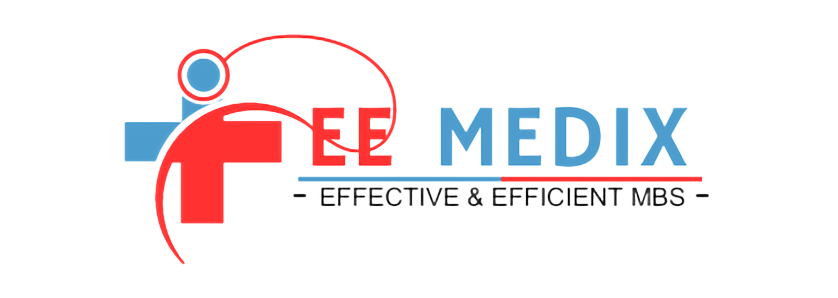The adoption of Electronic Medical Record (EMR) systems has become not just a trend but a necessity. These sophisticated systems have transformed the way healthcare professionals manage patient information and streamline their operations. If you’re looking for insights into the most widely used EMR systems, the top three Electronic Health Record (EHR) systems, the easiest EMR system, and real-world examples, you’ve come to the right place.
What is the Most Used EMR System?
In the realm of Electronic Medical Record systems, one name consistently rises above the rest: Epic Systems. Epic has earned its reputation as the most widely used EMR system, boasting an extensive user base that includes numerous healthcare organizations, hospitals, and medical practices. Its robust features and user-friendly interface make it a top choice for healthcare providers seeking efficient ways to manage patient records.
The seamless integration of Epic EMR into various healthcare settings has made it a frontrunner in the industry. With features like secure patient data storage, interoperability, and customizable templates, Epic Systems has set the gold standard for Electronic Medical Record systems.
What are the Three EHR Systems?
Electronic Health Record (EHR) systems, like EMR systems, play a crucial role in healthcare management. Here are the top three EHR systems that have gained recognition for their efficiency and impact on the industry:
Cerner
Cerner Corporation, a global leader in healthcare technology, has gained recognition for its innovative approach to patient care. Their EHR system offers a unified platform that empowers healthcare professionals to access patient information, manage workflows, and enhance the overall quality of care.
McKesson
McKesson enters the healthcare industry as a noteworthy player with its EHR solution, Paragon. It is widely acknowledged for its adaptability, providing customizable features that cater to the unique needs of various healthcare organizations.
Allscripts
Allscripts EHR stands out with its design, aimed at streamlining clinical operations and improving patient outcomes. It is a preferred choice among healthcare providers seeking EHR solutions due to its user-friendly interface and comprehensive features.
What is the Easiest EMR System?
When it comes to the easiest Electronic Medical Record system to use, Practice Fusion takes the lead. Practice Fusion is celebrated for its user-friendly interface, making it accessible even to those with minimal technical expertise. The system offers a straightforward approach to managing patient records and simplifies the documentation process. Small medical practices and solo practitioners often prefer Practice Fusion for its simplicity and effectiveness.
What is an example of an EMR?
To illustrate the concept of an Electronic Medical Record system, let’s consider an example: the EMR system utilized by Mayo Clinic. Mayo Clinic, a renowned medical institution, employs an in-house EMR system to maintain comprehensive electronic records of their patients. This system allows Mayo Clinic to efficiently manage patient information, track medical history, and facilitate collaboration among healthcare professionals.
Mayo Clinic’s EMR system is an exemplar of how cutting-edge technology can enhance patient care and improve healthcare outcomes. By leveraging EMR systems, healthcare institutions like Mayo Clinic have elevated the standard of patient management.
Conclusion
Electronic Medical Record systems have revolutionized healthcare management by providing healthcare professionals with efficient tools to streamline patient information and enhance the quality of care. Epic Systems stands out as the most widely used EMR system, while Cerner, McKesson, and Allscripts are recognized as top-tier EHR systems. For those seeking the easiest EMR system, Practice Fusion offers a user-friendly solution. Real-world examples, like Mayo Clinic’s in-house EMR system, showcase the transformative potential of these technologies in healthcare.

